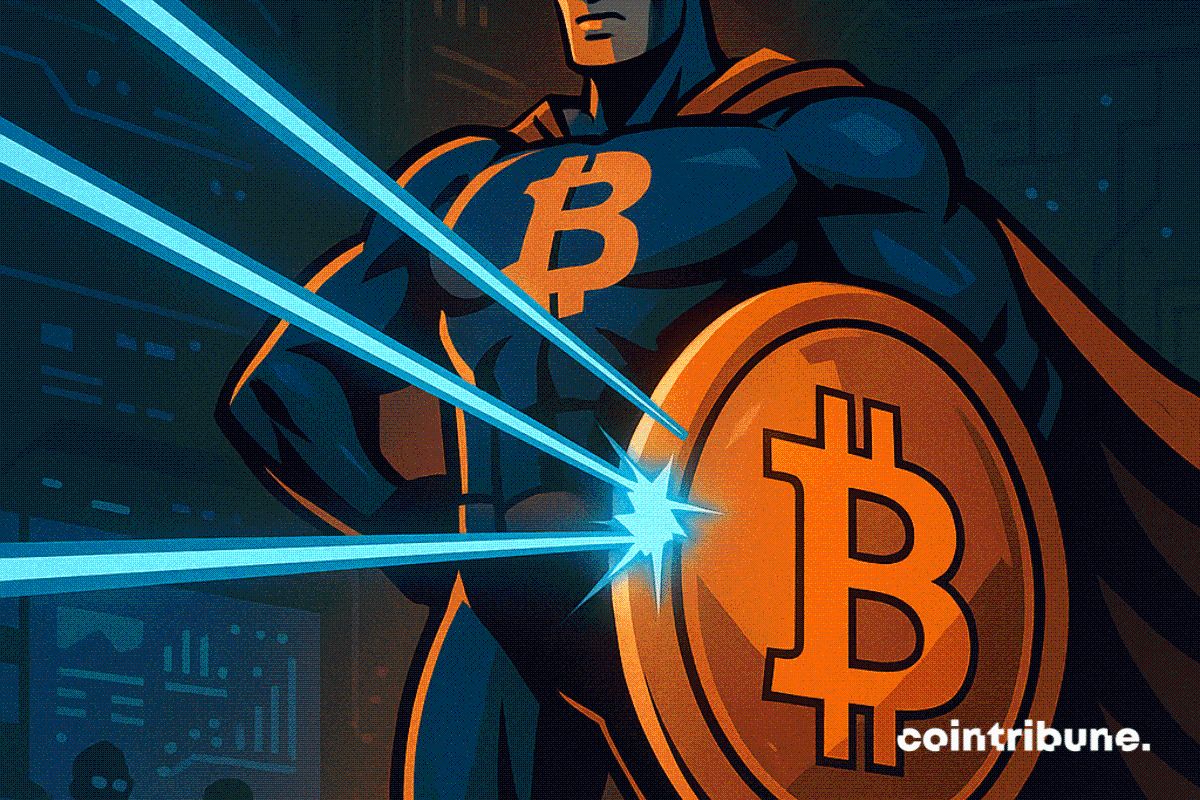-
CryptoQuant CEO Ki Young Ju has declared the traditional “Bitcoin cycle theory” obsolete, signaling a paradigm shift in market dynamics.
-
Ju’s recent apology for his inaccurate bearish forecast underscores the evolving nature of Bitcoin’s market behavior and investor profiles.
-
According to COINOTAG, Ju emphasized that institutional adoption has transformed Bitcoin trading, with old whales now selling to new long-term holders, altering the classic bull cycle.
CryptoQuant CEO Ki Young Ju calls the Bitcoin cycle theory dead, highlighting institutional shifts and apologizing for his bearish forecast amid Bitcoin’s record rally.
Bitcoin Cycle Theory Declared Obsolete Amid Institutional Market Shift
Ki Young Ju, founder and CEO of CryptoQuant, has publicly stated that the longstanding Bitcoin cycle theory—which predicted recurring bull and bear market phases—is no longer applicable in today’s market environment. This announcement follows Ju’s admission that his earlier bearish forecast, which predicted the end of the Bitcoin bull cycle, was mistaken. The theory traditionally posited that Bitcoin prices move in predictable four-year cycles driven by whale accumulation and retail investor participation. However, Ju now highlights that the market structure has fundamentally changed due to increased institutional involvement.
From Retail to Institutional: The Changing Dynamics of Bitcoin Ownership
Ju’s analysis points to a significant shift in Bitcoin ownership patterns. In previous cycles, large holders (“whales”) would offload their positions to retail traders, creating the classic boom-and-bust cycle. Currently, Ju observes that “old whales” are transferring Bitcoin to new, long-term holders such as institutional treasury companies and investment funds. This transition has led to a more stable holder base and diminished the influence of short-term traders, making traditional trading strategies less effective. Ju’s reflection on this shift underscores the importance of adapting analytical models to account for institutional adoption and its impact on market liquidity and price movements.
Reevaluating Market Predictions in the Era of Institutional Adoption
Ju’s public apology for his previous prediction—where he asserted that Bitcoin’s bull market was over—demonstrates a commitment to data-driven analysis and transparency. At the time of his forecast in early April, Bitcoin was trading near $80,000 amid geopolitical uncertainties, including concerns over U.S. tariffs. Contrary to Ju’s bearish outlook, Bitcoin surged past $112,000 in May and reached an all-time high of $123,236 by July, resulting in a substantial missed opportunity for investors who followed his advice. This episode highlights the challenges analysts face in forecasting within a rapidly evolving market influenced by new types of participants and capital flows.
Contrasting Views: Bitcoin’s Four-Year Cycle Still Relevant?
While Ju has declared the traditional cycle theory dead, other experts maintain that Bitcoin continues to exhibit cyclical behavior. For instance, Fidelity’s Jurrien Timmer recently noted that Bitcoin’s price movements still align closely with its established four-year cycle. This divergence in viewpoints suggests that while institutional adoption is reshaping market fundamentals, some underlying cyclical patterns may persist. Investors and analysts are therefore encouraged to consider multiple perspectives and incorporate evolving market data into their decision-making processes.
Conclusion
Ki Young Ju’s acknowledgment of the demise of the classic Bitcoin cycle theory marks a pivotal moment in cryptocurrency market analysis. The shift from retail-driven cycles to institutional accumulation has introduced new complexities, requiring updated frameworks for understanding Bitcoin’s price dynamics. Ju’s experience serves as a reminder of the importance of adaptability and rigorous data analysis in forecasting. As institutional participation continues to grow, market observers should remain vigilant and open to evolving trends that may redefine traditional investment paradigms.




